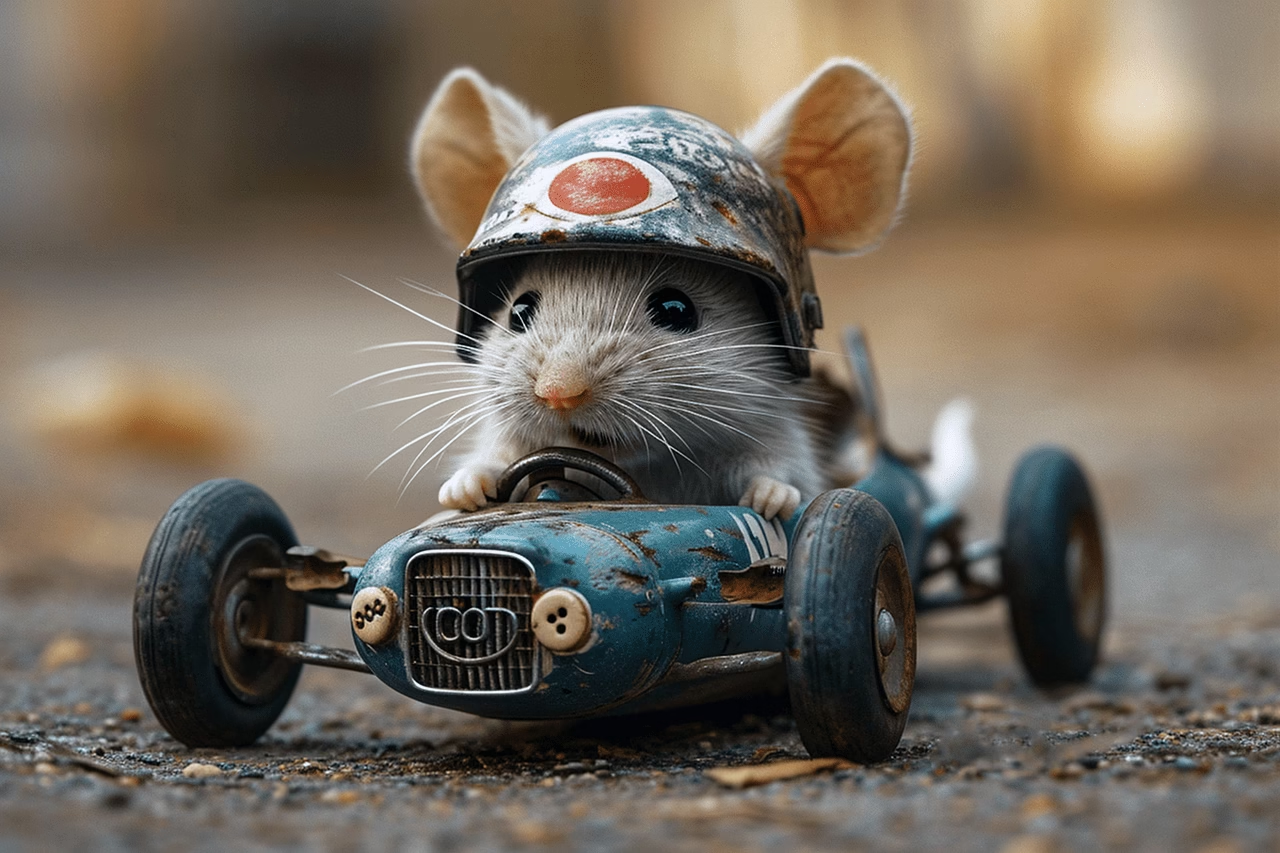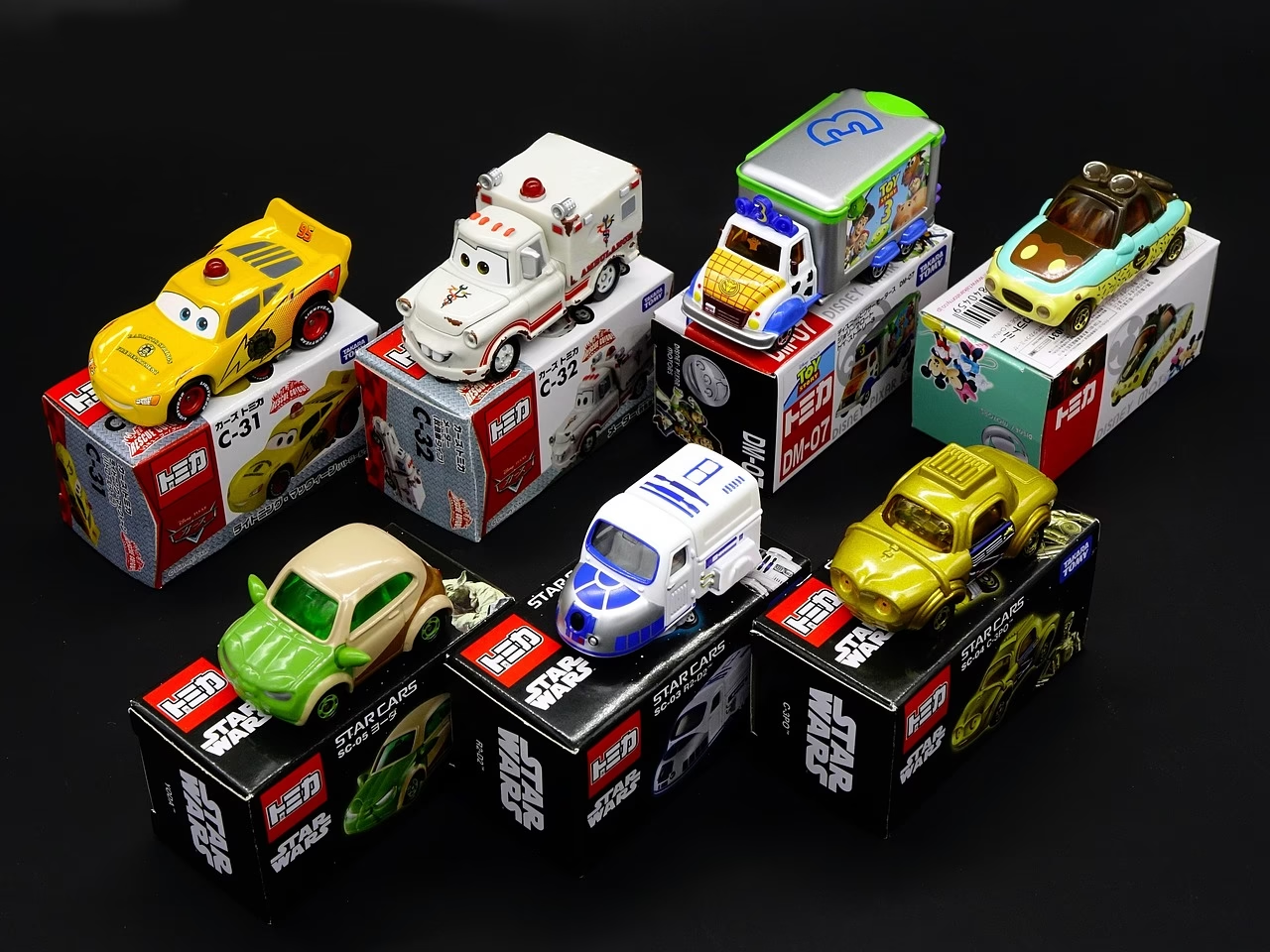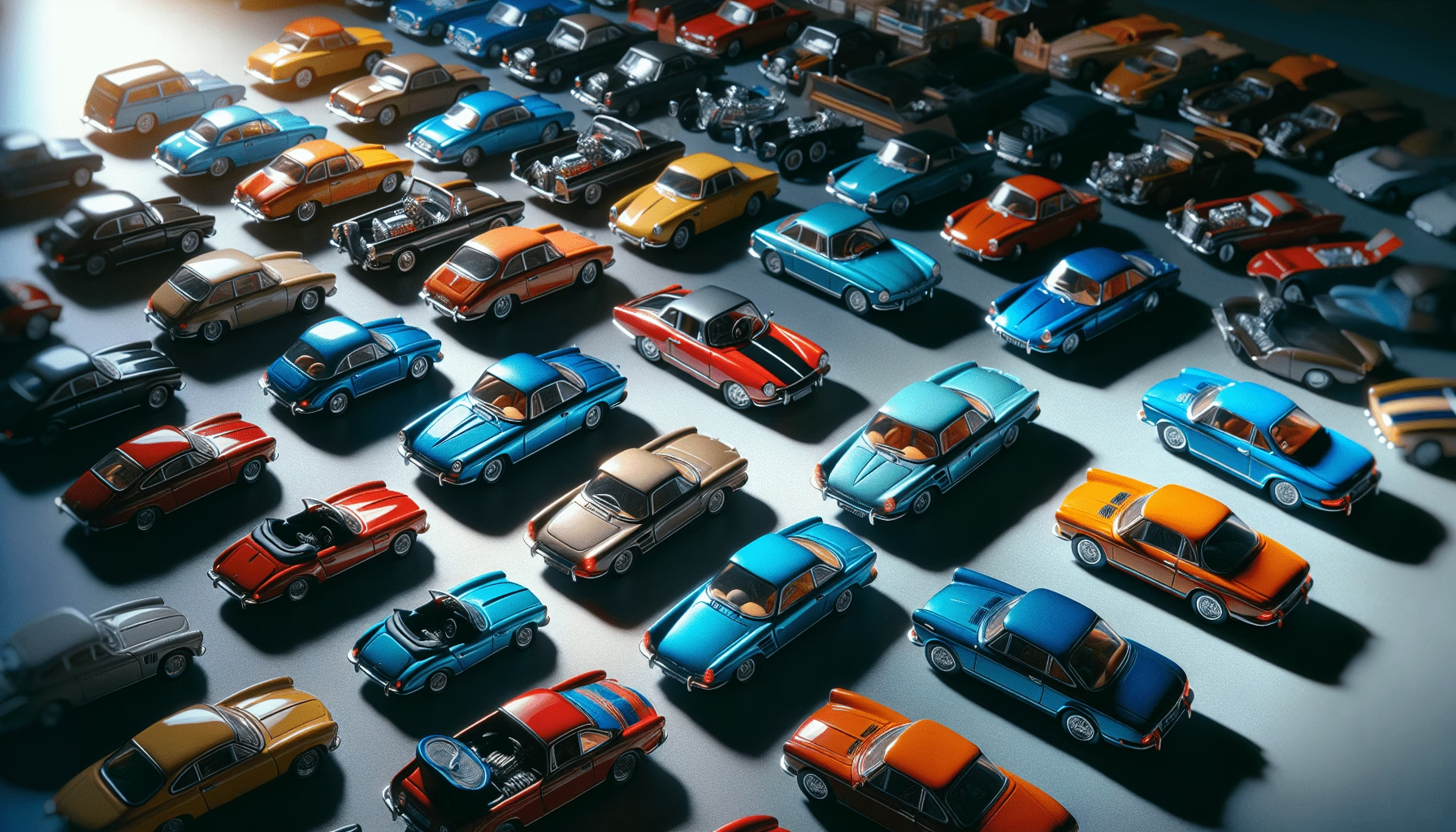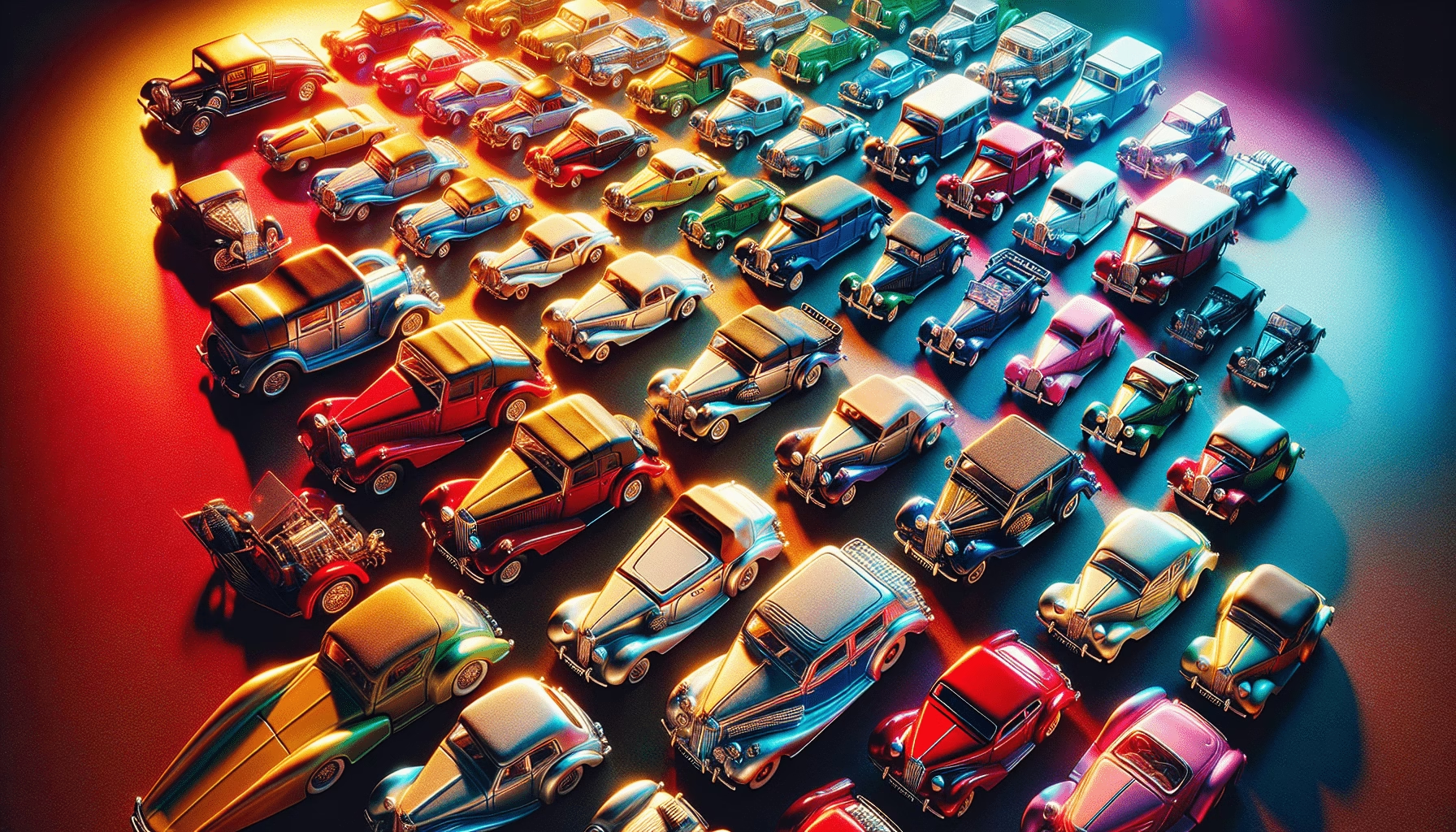Is there a world where collecting miniature cars is more than a hobby, but an art form that demands careful consideration and nuanced techniques? For many enthusiasts, the answer is a resounding yes. Miniature car collections are not just about owning small-scale replicas of automobiles; they are about artful display and storytelling. Whether a collector is inspired by a favorite automotive brand or decade or is fascinated by the intricate details and historical accuracy portrayed in each model, the art of miniature car collection is multifaceted and deeply engaging.
Understanding the breadth of display techniques available to collectors is crucial to elevate a collection from a personal hobby to something worthy of admiration by others. This article examines various display methods, balancing aesthetics and practicality, while ensuring the collector’s personality shines through. From historical contexts to detailed arrangements and innovative materials, a dive into miniature car displays reveals both tradition and modernity.

Table of Contents
Historical and Background Context
The Genesis of Miniature Car Collecting
The passion for collecting miniature cars can trace its roots back to the early 20th century when replicas were marketed alongside the actual vehicles to children and car enthusiasts alike. Initially, they served as promotional tools, but over time, they morphed into collectible items with intrinsic value. By the 1950s, companies like Dinky Toys and Matchbox had tapped into popular culture, making miniature cars a staple in many household collections.
Evolution of Display Strategies
As the collection of miniature cars gained popularity, so too did the methods for displaying these cherished items. The transition from simple shelves to sophisticated showcases mirrored the increase in value and desire for preservation. The 1970s and ’80s saw a rise in custom-built display cases and thematic arrangements reflecting periods in automotive history or special-edition models, hence beginning the era of miniature car displays that emphasize aesthetic appeal while keeping functionality in mind.
Fundamental Display Techniques
The Role of Understanding Space
One of the first steps in effective miniature car display is recognizing and analyzing the available space. Whether it is a dedicated room, a single shelf, or anything in between, understanding the area will guide the design and flow of the display. Do the dimensions allow for a multi-tiered arrangement, or should a linear setup be prioritized? Collectors need to be mindful of spatial constraints and possibilities to creatively maximize their showcase.
Lighting: Enhancing Detail and Atmosphere
Proper lighting can transform a miniature car display from static to dynamic. LED lights, which offer energy efficiency and reduced heat emission, are ideal for ensuring the longevity of both the cars and the display unit itself. Lighting placement should aim to highlight key details of the models, such as intricate painting or unusual design features, without creating distracting shadows or glares.
Material Considerations
The materials chosen for display units convey the collection’s style and sophistication. Classic wood shelving can offer a warm, traditional ambiance, while glass or acrylic showcases provide a modern, sleek appearance. Depending on the collector’s taste and the models’ style, the right material can create an appropriate backdrop that complements and enhances the collection’s theme.

Arrangement Styles and Strategies
Thematic Arrangements
Thematic arrangements help tell a story or thread throughout the collection. Whether it focuses on the evolution of a particular brand, a specific era in automobile history, or a distinctive category like race cars, thematic displays offer visual and contextual coherence. Collectors should ensure the organization allows for easy viewing and understanding, akin to a curated exhibition in a museum.
Chronological Displays
Organizing a display chronologically allows for an educational journey through automotive history. Starting with vintage models and progressing to contemporary designs, collectors craft a timeline that not only showcases their acquisitions but also highlights the technological advancements and style evolution of motor vehicles.
Color and Size Cohesion
Aligning cars by color or size can create a visually pleasing display. Arranging by shade—the gradient transition from light to dark, for instance—offers a unique aesthetic that can captivate observers. Similarly, organizing by scale size can help maintain a uniform look and prevent the display from appearing cluttered or overstuffed.
Utilizing Technology
Digital Display Innovations
The advent of technology provides innovative ways to enhance and interact with collections. Digital picture frames or tablets can be integrated into physical displays to provide background information, videos, or interactive diagrams. This digital augmentation can offer additional layers of information without distracting from the physical models themselves.
Enhancing Engagement with Augmented Reality
Augmented reality (AR) is an emerging trend that can elevate how collections are experienced. By programming AR features related to displayed models, collectors can offer an interactive tour, complete with specifications, historical background, and even virtual 3D rendering of the cars in action. This approach makes the collection not only a visual experience but an engaging educational tool.

Problem-Solving and Maintenance
Preservation Techniques
Humidity and dust can be the arch-nemeses of miniature car displays. Investing in proper casings that reduce exposure to environmental factors is crucial. Silica gel packs and sealed display cases can protect valuable models from moisture, while regular cleaning and gentle dusting maintain their condition and appearance.
Addressing Display Overcrowding
To prevent overcrowding, which can dilute the impact of individual models, collectors might rotate which cars are displayed. Periodic changes bring a sense of novelty and ensure each model gets its moment in the spotlight. Consider utilizing storage facilities for non-display models to keep the focus on the prime collection.
Case Studies and Comparative Analysis
A Profile in Miniature Mastery
Consider the collection of an enthusiast based in Los Angeles, whose penchant for 1950s American muscle cars informs their display choices. Utilizing a mix of low-gloss, stained wooden shelves and ambient top-down lighting that casts few shadows, the collector creative arranges the vehicles by year of production, tying in the technological progress and design ethos of a bygone era.
| Material | Advantages | Disadvantages |
|---|---|---|
| Wood | Traditional, warm aesthetic | Can accumulate dust easily |
| Glass | Modern, offers clear view | Requires regular cleaning to avoid fingerprints |
| Acrylic | Lightweight, easy to move | Prone to scratches |

Looking Forward: Trends and Sustainability
Sustainable Choices for Display
As eco-consciousness permeates all aspects of life, even in miniature car collecting, there is a push towards sustainable products and practices. Opting for reclaimed wood or recycled materials for shelving, or using energy-efficient LEDs for lighting, showcases a dedication to the hobby and environmental stewardship.
Technological Advancements
Future trends may include more robust uses of virtual reality (VR), offering immersive experiences where one could ‘drive’ a miniature version of iconic cars or explore a full-size reconstruction of the model’s environment digitally. Collectors would benefit from staying informed about these innovations through forums, newsletters, and professional networks.
Conclusion and Engagement
Effective miniature car collection presentation combines the art of storytelling, advancements in technology, and sustainable practices to create displays that are neither static nor mundane. By considering space, materials, thematic consistency, technological integration, and sustainable options, collectors create captivating showcases that are worthy of admiration.
As the world of miniature car collecting continues to evolve, enthusiasts must keep pace with trends and innovations that breathe life into their displays. In the comments, what display techniques have elevated your collection? For more on refining your collection’s appeal, consider exploring further articles discussing diverse display methods.

The Art of Display: Innovative Methods to Exhibit Your Diecast Collection

